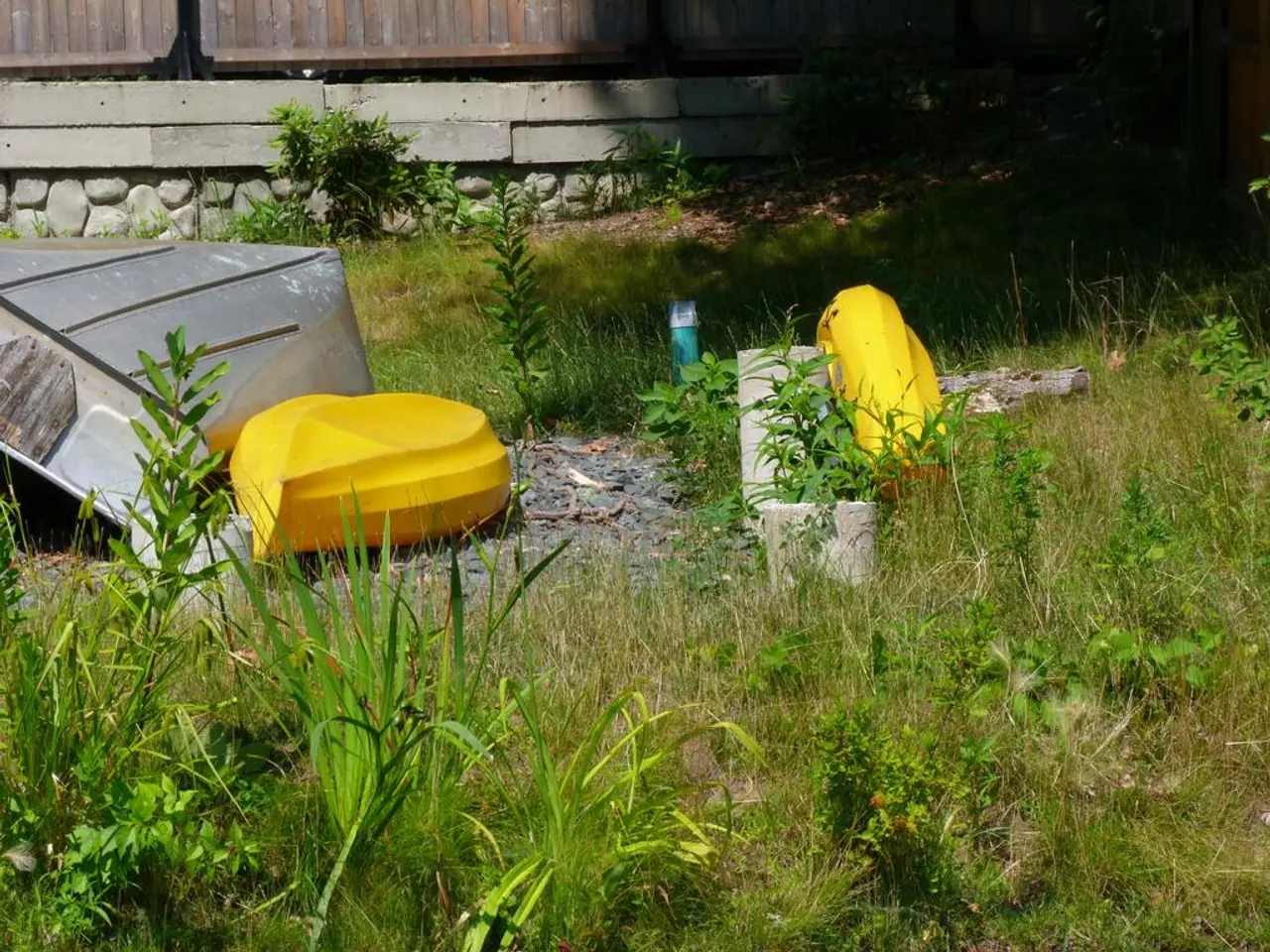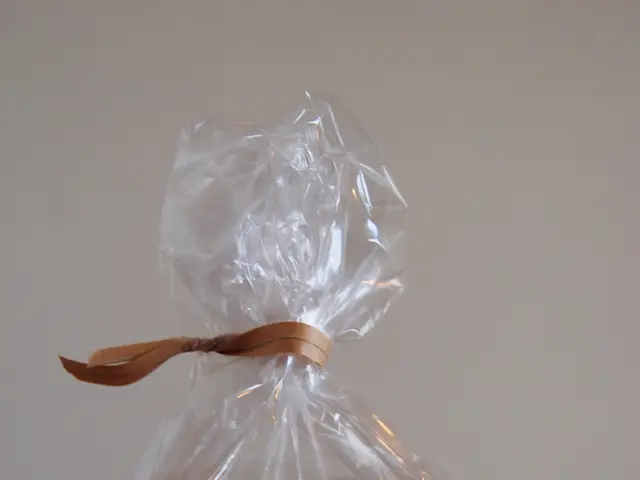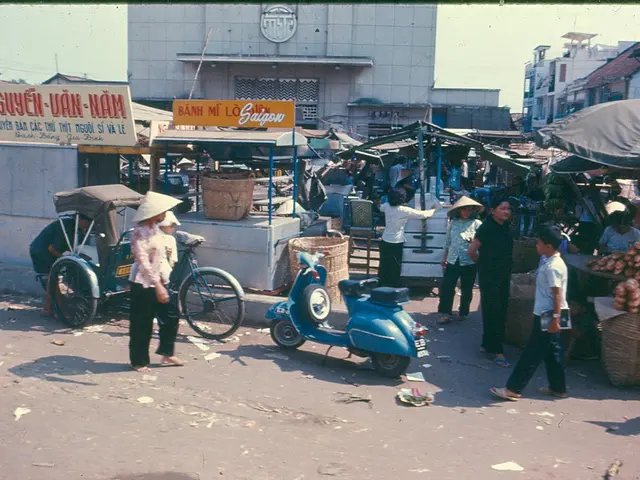Increasing ocean waters endanger the rich cultural ancestry of Samoa
In the heart of the Pacific, the beautiful nation of Samoa is grappling with the harsh realities of climate change. Despite measures taken, the environmental situation remains unchanged after nearly a year, with the country's coastlines continuing to contract due to intensifying climate impacts.
One of the most significant casualties of this environmental crisis is the pandanus plant, a vital component of Samoa's ecological and cultural fabric. The low-lying, coastal zones where pandanus thrives are increasingly compromised by saltwater erosion and droughts linked to climate change, making conditions unsuitable for their cultivation.
The decline of pandanus availability poses a grave threat not only to the survival of the plant but also to the cultural heritage of weaving mats for ceremonies, a practice predominantly maintained by women in the community. This traditional art form is more than just a craft; it's a symbol of Samoa's rich cultural identity.
Recognising the urgency of the situation, calls for global and regional climate action have been amplified. One such initiative is the Apia Ocean Declaration, which advocates for protecting 30% of the world’s oceans by 2030 to mitigate pollution and overexploitation of marine and coastal ecosystems.
In addition, there is a growing recognition of the need to integrate traditional knowledge with climate frameworks to design policies that mitigate impacts on ecosystems and cultural resources. Conservationists and UN representatives are raising awareness about the cultural significance of pandanus and the urgency of climate resilience in Pacific Island communities.
Samoa itself has taken significant steps towards marine conservation. The nation has committed to sustainably manage 100% of its waters, integrating traditional management systems and protecting deep trenches, underwater seamounts, and coral reefs. Since the Apia Ocean Declaration, Samoa has established new marine protected areas (MPAs) covering approximately 30% of its ocean.
These MPAs are sanctuaries for marine species and ecosystems, with all fishing activities prohibited. This move is a testament to Samoa's commitment to preserving its marine environment and the biodiversity it supports.
However, the fight against climate change is far from over. Christopher Cocker, a prominent figure in the Pacific region, has identified climate change as the biggest threat to Pacific communities. The hope for the future lies in continued commitment to marine conservation and climate adaptation efforts.
In summary, climate change threatens the ecological and cultural fabric linked to pandanus in Samoa. However, regional and global climate commitments, such as the Apia Ocean Declaration, and community-led initiatives aim to protect this heritage from further loss. The future of Samoa's pandanus and its traditional weaving culture depends on our collective commitment to climate action and marine conservation.
Read also:
- Life Expectancy with Interstitial Cystitis: Exploration of Research, Treatment Methods, and Additional Information
- Signs of Excessive Negativity in Your Surroundings: Recognizing and Managing Them
- Fatal Risks Posed by House Fires Extend Beyond the Inferno
- Business support for mothers: debut of the first incubator in Almaty for entrepreneurs who are mothers








